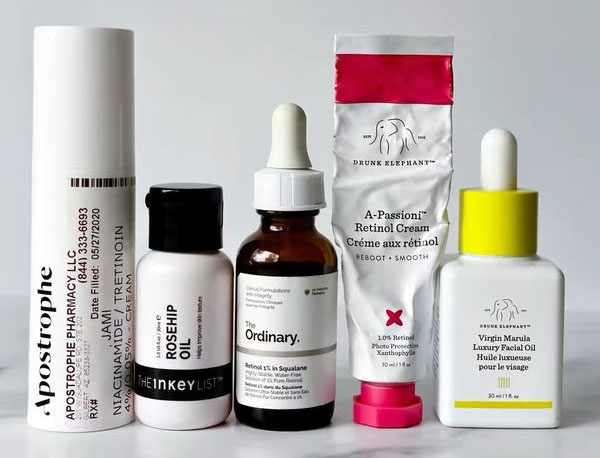Acne is an all too common skin problem affecting the face, chest, shoulders, and back. There are many causes of these pimples, including hormone levels, genetics, humidity, oily personal care products, and even stress. While acne is most associated with teenagers, it can affect people at any age.
If you are suffering from unsightly pimples, you need to find the right acne treatment from the many available to cure your condition. There are many over the counter acne treatments available, but depending on your condition you may need a stronger prescription drug.
The good news is that many different types of medications and therapies have been shown to work effectively. Even treatments intended for other uses have sometimes proved effective against acne. For example, there are three different types of birth control medications that are approved for treating acne in women.
Finding Your Acne Treatment
To successfully treat your particular condition and underlying causes, you might need more than one medication. Let’s look at some of the most effective acne treatment options out there.
Benzoyl Peroxide
A popular over the counter medication using brand names like Clearasil, Stridex, and more, benzoyl peroxide targets skin bacteria. This might be in the form of a face wash or a gel that you reply and leave, common side effects are dry skin, however.
Salicylic Acid
Also sold over the counter and normally as cleansers or lotion, salicylic acid works by removing the top layer of any damaged skin. This dissolves dead skin cells stopping the hair follicles from being blocked causing the pimples.
Retinoids
Sometimes available without a prescription, retinoid treatments go by the names Retin-A, Tazorac, and Differin. Most acne sufferers are candidates for this type of treatment and work by stopping the pores from being blocked. This isn’t a localized treatment and requires the whole face to be treated at the same time.
 There are also oral versions of this drug, with the brand names Accutane, Claravis, and Amnesteem. An oral retinoid is only used in the most severe cases and works through the shrinking of oil glands that help acne form.
There are also oral versions of this drug, with the brand names Accutane, Claravis, and Amnesteem. An oral retinoid is only used in the most severe cases and works through the shrinking of oil glands that help acne form.
These treatments do have a common side effect of dry skin, but there are some potentially serious side effects including depression and birth defects as well. For this reason, the Food and Drug Administration has mandated that anyone using these drugs have to take a part in a risk management scheme known as iPledge.
Antibiotics
 Antibiotic treatments can be used both topically and as oral medications. Antibiotic pills like minocycline and doxycycline are often prescribed to treat medium and serious cases.
Antibiotic treatments can be used both topically and as oral medications. Antibiotic pills like minocycline and doxycycline are often prescribed to treat medium and serious cases.
Topical antibiotics include erythromycin and clindamycin, and work by positively affecting the bacteria on the skin surface. This reduces the amount of bacteria that can make the problem worse and cause more swelling. Topical antibiotics are commonly paired with benzoyl peroxide to improve results.
Steroids
This is a more unusual treatment that can work on severe acne cases. The steroids are injected into nodules to help reduce inflammation.




